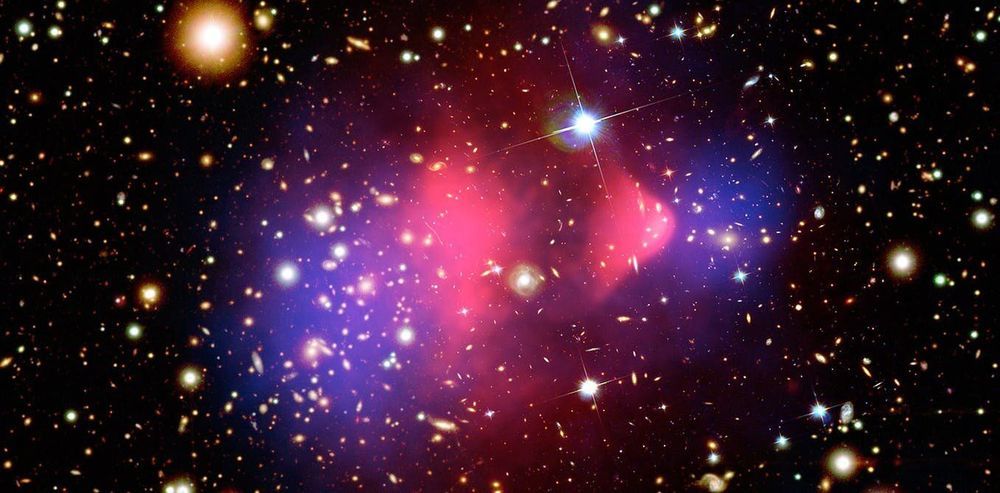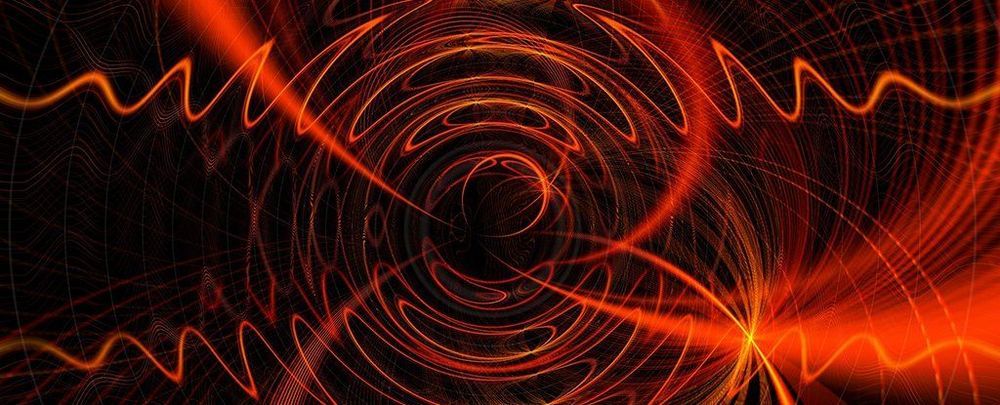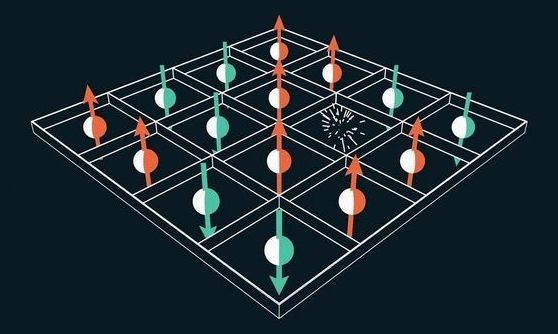Feb 1, 2019
Unshackling Robots: Self-Aware Machines
Posted by Caycee Dee Neely in categories: engineering, physics, robotics/AI
Another step forward in robotics self-awareness. This robot learns it’s own kinematics without human intervention and then learns to plot solution paths.
Columbia Engineering researchers have made a major advance in robotics by creating a robot that learns what it is, from scratch, with zero prior knowledge of physics, geometry, or motor dynamics. Once their robot creates a self-simulation, it can then use that self-model to adapt to different situations, to handle new tasks as well as detect and repair damage in its own body.

















